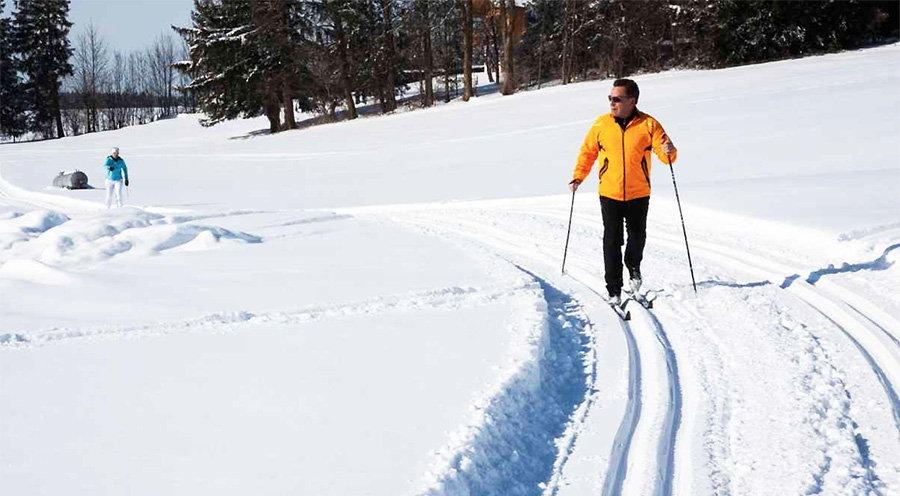While last year’s skiing and riding season was cut short by COVID-19, overall participation numbers still increased, a harbinger that snowsports are on solid footing.
That’s just one of the findings in the Snowsports Industries America (SIA) Annual Participation Study released in conjunction with the Physical Activity Council (PAC). According to the report, 25.1 million Americans ages 6 and older participated in winter sports in 2019/20, up 1.9 percent over the previous year. Of those, 14.3 million people participated in skiing and 7.9 people snowboarded.
Providing a comprehensive look at participant demographics in skiing, snowboarding, cross-country skiing, snowshoeing, sledding, and touring — and cumulatively across all winter sports — the study covers demographics, frequency, regional representation, crossover activities, and more.
“Participation is a critical data point for our industry,” said SIA COO Maria McNulty. “This study is a must-read for any winter outdoor business that wants a better understanding of our current participant base, opportunities for growth and the need to build a more inclusive winter community.”
Indeed, as for the latter, another takeaway from the study is that participation across winter sports by ethnicity remained flat for Whites (67.5 percent) and Asians (7.7 percent); decreased 0.5 percent for African Americans (9.2 percent) and increased by 0.4 percent for Hispanics (14 percent). “These numbers are indicative of the growth opportunity and necessity to build a more inclusive community,” added McNulty.
Other key takeaways include:
- The largest segment of skiers are 45-to-54-year-old (19 percent) and the largest segment of snowboarders are 25-to-34 years old (23 percent);
- Cross country skiers favored private cross-country centers over public venues;
- Snowshoers tend to also participate in snowboarding, cross-country skiing and hiking; and
- Alpine Touring had 705,000 participants; Snowboard Touring had 652,000.
The numbers are important for every business in the snowsports industry. “Understanding overall participation is a helpful tool to see where opportunities within our industry are,” said Elan president Jeff Mechura. “Welcoming newcomers of all backgrounds and positively engaging with participants is important in maintaining enthusiasm for winter sports. The interest more recently in nordic/cross country is very encouraging and is a sign that everyone, regardless of ability in nordic skiing or downhill, wants to get outside. While this winter brings an unusual set of challenges and uncertainty, we hope it also an opportunity to introduce more participants in winter sports, safely and responsibly.”
As a barometer for the backcountry market, at least one business in the category said its numbers appear accurate. “In the past, backcountry snowboarders have outnumbered skiers, which made us skeptical,” said Bruce Edgerly, co-founder of avalanche gear maker Backcountry Access, adding they’re reaching a “substantial portion of them” with their products and educational offerings. “But this makes more sense.”
Doing the math, he added that if 70 percent of the total backcountry market, excluding snowmobilers, has beacons and 10 percent of those are either replacing old ones or buying new, then the size of the annual market sold to backcountry skiers and snowboarders is around 91,000. “That seems in line with what we’re seeing,” he added.
As far as geographical breakdowns, the Pacific Northwest is home to the most enthusiasts. The Pacific Region had the largest number of winter sports participants at 4.53 million; followed by the South Atlantic Region in a close second at 4.38 million, and also had the largest share of snowboarders that went 7 or more times (27 percent), and skiers (22.1 percent).
The annual study is part of SIA’s Consumer Insights and Engagement program and is one of six key initiatives for the association in 2020/21. Other research products include monthly in-season retail data, annual winter sports and recreation participation, and custom research.
















